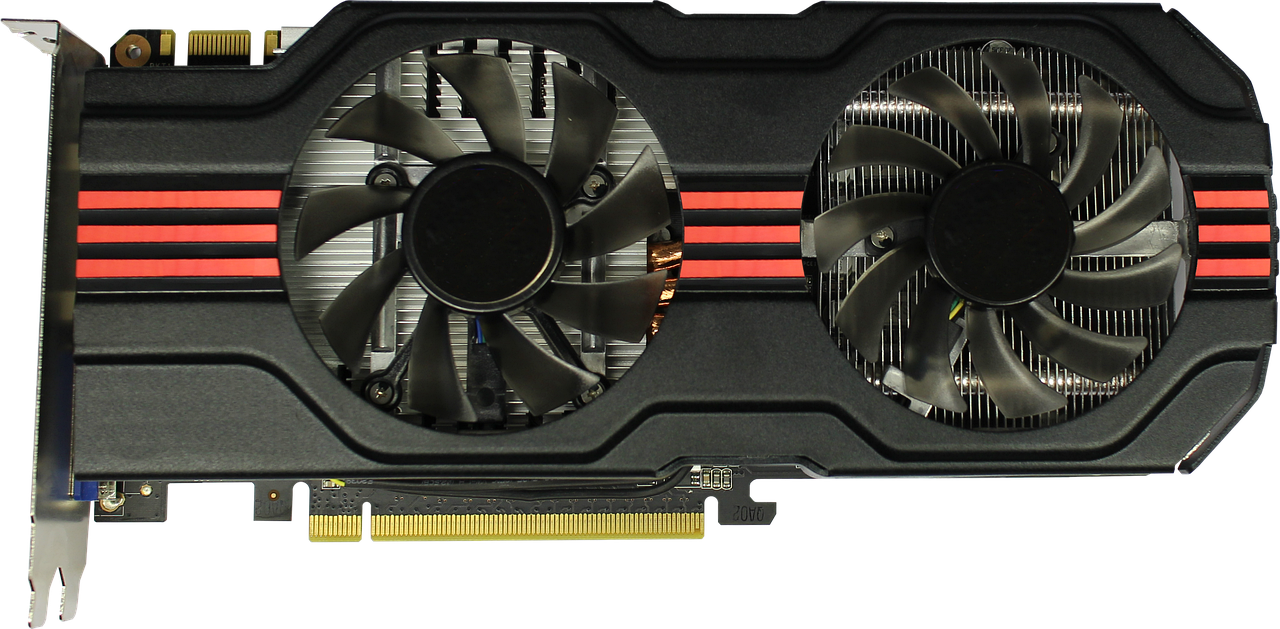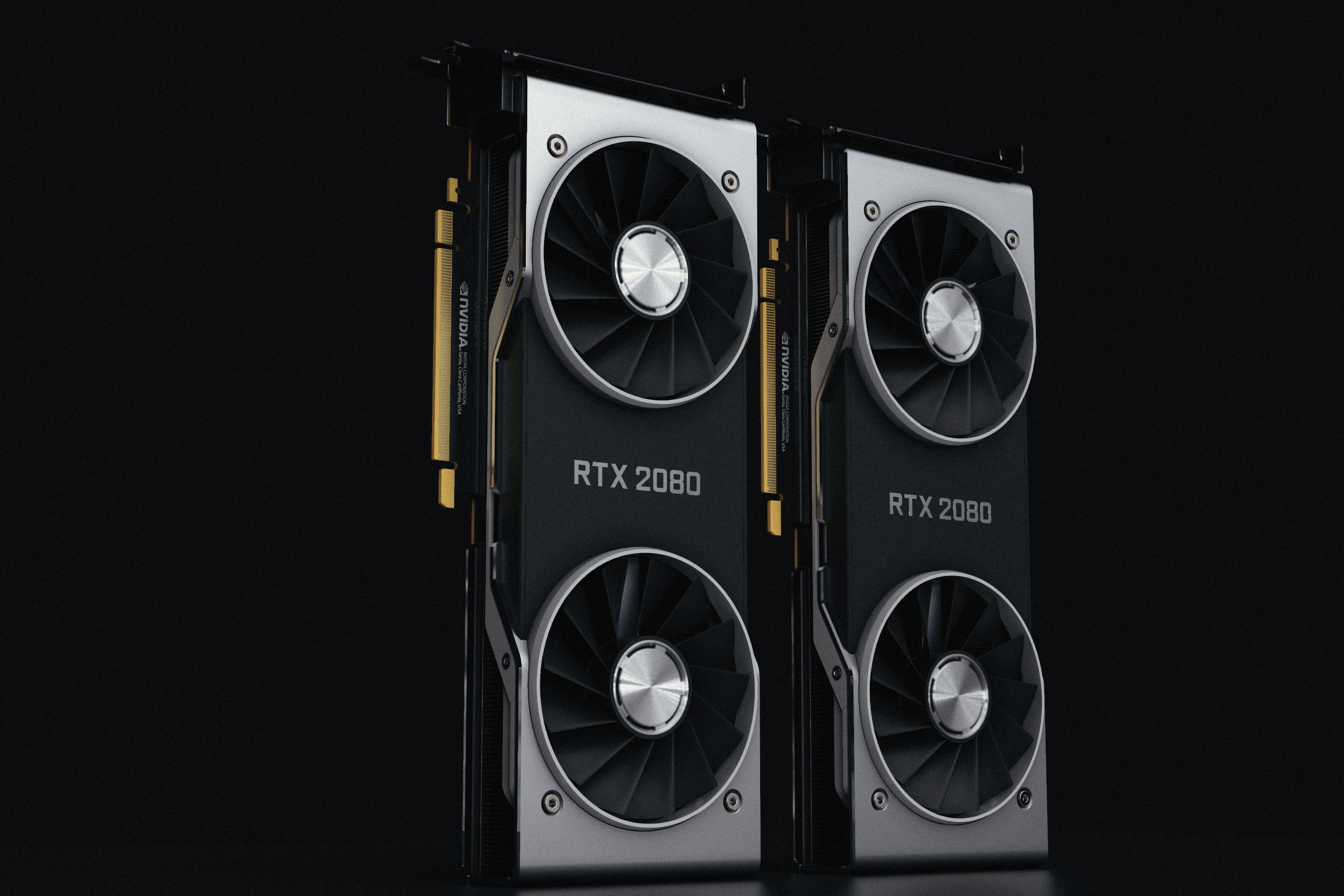The Xbox Series X packs a GPU powered by RDNA 2, the same architecture used to power current-generation Radeon RX 6000-series graphics cards. The Xbox Series X is a capable console, packing a 8-core Zen-based AMD CPU, featuring an RDNA 2 Architecture-based GPU from AMD, providing 52 compute units. Given its triple-A PC gaming performance since release, the GPU equivalent of the Xbox Series X is either the AMD Radeon RX 6700 XT or Nvidias Geforce RTX 3070.
Then again, it is well known that the Xbox Series X falls in the middle of those two GPUs, and there are quite a few design quirks that might make another GPU more comparable under a different scenario. While it is not always possible to accurately compare console hardware with PC hardware, testing has indeed shown the Xbox Series X has a GPU that is comparable to AMDs RX6600 XT and Nvidias RTX2080. While on paper, RTX 3090 and AMDs Radeon RX 6700 XT are comparable GPUs to the Xbox Series X, real-world performance shows this is not true.
The RTX 3060 Ti, on the other hand, handles 1440p games quite well, and it is capable of hitting 60FPS on most titles, if not all, without any meaningful tuning. If you are interested in gaming at a 60 FPS in 4K, you will want something like an RTX 3070 as the minimum. To get this type of gaming performance on PC, you are going to want to at least have the NVidia GeForce RTX 2080 or the Radeon RX 5700 XT.
At 12 teraflops of graphics performance, the GPU inside the Xbox Series X is slightly faster than the GeForce RTX 2080 Super from Nvidia, and it is only slightly behind the 2080 Ti, which is the best graphics card currently available for gaming. This kind of performance puts the Xbox Series X above most of the middle-tier graphics cards from AMD and Nvidia, and 12 teraflops of GPU performance is an impressive leap for a game console. It definitely shows the next-gen Xbox and PS5 will be well ahead of the Xbox One X and PlayStation 4 Pro.
The best graphics card which is a near-equivalent of the graphics power in the Xbox Series X is Nvidias RTX 3060. The RTX 3060 offers 13 teraflops of graphics power. Boasting 3,584 shader cores that can push the power of even the most demanding games, the Nvidia RTX 3060 offers 13 teraflops of graphics computing power. This means that Nvidias RTX 3060 can match, and often surpass, Xbox Series Xs graphics performance, either by running you games with a bit higher resolution, faster frame rates, or more graphics bells and whistles.
By using Nvidias DLSS, combined with an RTX 3060, you can hit 60fps on most Xbox Series X titles on PC, without having to sacrifice resolution or graphical accuracy. You will need twice the graphics GPU horsepower of an Xbox Series X to play locked 60fps Xbox Series X games. If you are upgrading from your PC, and want performance comparable to that of the more powerful next-gen consoles, with comparable frame rates and graphics settings, you are going to have to get a GPU with power comparatively equal to that of the Xbox Series X.
Now that the Xbox Series X is sporting a GPU even more powerful than an RTX 2080, and at a price that is likely going to be much more affordable than the top-end graphics cards, real 4K gaming is going to hit the mainstream. It is already offering a lot more graphics firepower than the Xbox Series X. Brad Chacos/IDG The Xbox Series X and PlayStation 5 are just now getting up to speed with the performance of last-gen graphics cards, such as last-gen RTX 2080 Super. We still do not know every single detail, but console gaming is one area that will see AMDs competitors dominating the field thanks to their silicon in the Microsoft Xbox Series X and Sony PlayStation 5.
The same tech has a codename of Navi 2X, or the moniker of Big Navi, as it will appear in all graphics cards and the next-gen consoles, for Microsoft as well as the Playstation. AMDs 2nd Generation Radeon DNA architecture is what will be delivering AMDs next wave of Navi GPUs to consumers. Microsoft has said its next-generation console, the Xbox Series X, will feature a GPU built upon AMDs second-generation Radeon DNA architecture (RDNA 2 (open in new tab)) The AMD Radeon DNA 2 second-generation architecture offers 12 teraflops of graphics performance.
We saw expandable NVMe storage, got our first taste of hardware-accelerated ray tracing on a next-gen console, and saw how one of Microsofts most talented developers is looking to bolster one of the most technically impressive games available today on Xbox Series X. Way back in 2016, one year before the work was completed on the Xbox One X, Microsofts silicon team was already working on Series X, beginning the architecture work for next-gen features we will finally see hitting the market in Holiday 2020 — a stark reminder of just how long new technologies can take to be developed. During our time in Microsofts mothership, Redmond WA, Microsoft demonstrated just how fully-featured the consoles RT capabilities are, rolling out an extremely early Minecraft DXR technology demo on Xbox Series X, based off of Minecraft RTX code that we saw at Gamescom last year, and looking remarkably similar, despite running a completely different GPU.
Microsoft is also branding their upcoming Xbox Game Studios as Smart Delivery, meaning that the game will playable on either the original Xbox One or Xbox Series X consoles. Microsoft has also revealed some more details on the Navi GPU within Xbox Series X. Namely, that it will support Variable Rate Shaders (VRS) and hardware-accelerated DirectX Raytracing (DXR). Microsoft has already begun testing a final element of DLI with sub-4K output on supported HDMI 2.0 screens through Xbox One S and Series X.


